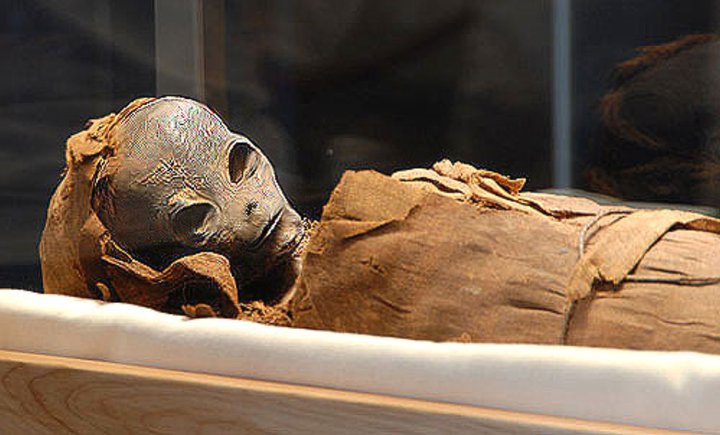Mysterious Underground Pyramids Found in Italy
The first ever Etruscan pyramids have been located underneath a wine cellar in the city of Orvieto in central Italy, according to a team of U.S. and Italian archaeologists.
A group of Italian and American archaeologists discovered unique underground pyramid in the town of Orvieto, Italy, says Utro.ru. The constructions carved in volcanic limestone rock were found underneath a wine cellar of a residential house. All lower constructions were completely buried under the ground. "Within this upper section, which had been modified in modern times and was used as a wine cellar, we noticed a series of ancient stairs carved into the wall. They were clearly of Etruscan construction," David B. George of the Department of Classics at Saint Anselm said. During excavations, the scientists discovered that the buildings had a pyramidal shape. In addition, several tunnels were found going far deeper into the cellar. The scientists believe that the construction was erected by Etruscans - the tribes that populated the north-west of the Italian Peninsula in the I Millennium BC. According to sources, during the VI-IV centuries BC, the town of Orvieto was a culturally and economically developed Etruscan city. Afterwards, the city came under the influence of Rome, until it was finally conquered in 264 BC, Vesti.ru reports. Print version Font Size Send to friend People have always lived in this place before. The wine cellar from the middle of the XX century hides the medieval layer underneath. Artifacts of the antique period were found under the cellar: fragments of ancient utensils dating back to the first millennium, as well as Etruscan pottery of the V century BC, the Russian World says. However, underground tunnels that connect the carved pyramids became the most curious finding. Although archaeologists have only begun to explore the unusual discovery, they make early assumptions of how it could be used. "We are convinced that this is neither a mine nor a reservoir. The finishing of the walls proves the first, while the absence of dirt deposits proves the second assumption. - David George said. - So the construction could be used for religious purposes, but it could also be a tomb," the researcher said. According to the scientist, both versions raise great interest with historians, because nothing like that has ever been found in Italy before. Etruscan tribes are one of the biggest mysteries of antiquity for the scientists. Living on the territory of ancient Italy, they created a well-developed culture, which exerted great influence on the Roman civilization. The Romans borrowed engineering art from the Etruscans, a part of religious ceremonies and even gladiator fights.
sources
english.pravda.ru
news.discovery.com

Comments
Post a Comment